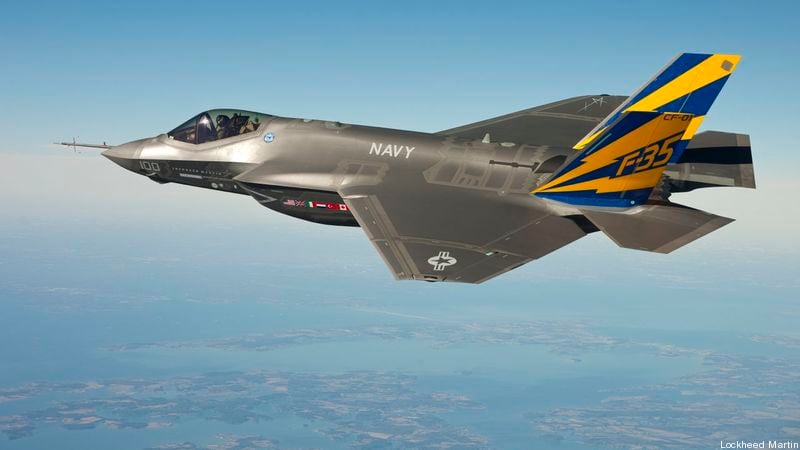 WASHINGTON: The Pentagon appears to be moving beyond watching and reporting results from the Joint Strike Fighter program to standing in the room and telling Lockheed Martin when they think the company isn’t doing the right thing.
WASHINGTON: The Pentagon appears to be moving beyond watching and reporting results from the Joint Strike Fighter program to standing in the room and telling Lockheed Martin when they think the company isn’t doing the right thing.
This comes from an August briefing by the program’s director of engineering about the most expensive conventional weapons program in history.
The briefing says the F-35 program faces the “challenge” of “government oversight of requirements of allocated baseline.” The proposed “mitigation” is for the program to “Manage to risk. Taking active steps to recover control for identified risk areas.” Many observers will take this to mean what critics have charged the program with for some time: loss of control of some elements of the program. Add to this a slide that states that there will be a “Transition Engineering Community of Practice from one that ‘Reviews and Reports’ to one that ‘Engages and Influences'” and you have what one close observer of the program believes may mark a fundamental shift in the program.
Traditionally, the government monitors what a company does and then reports to senior defense officials and Congress as to what is happening and how well — or not — the program is doing. But these slides seem to indicate that the Joint Program Office will send people to Fort Worth, where the Lockheed Martin program is headquartered and where the planes are actually assembled, and engage in oversight and rapid intervention on the floor and in the design process.
My colleague Bill Sweetman at Aviation Week was tipped to the briefing. As Sweetman notes in his piece, the briefing also seems to indicate that Lockheed has not done a great job of assigning its engineering personnel. The Joint Program Office performed an audit of those personnel and it “Resulted in need to re-align workforce competencies and re-assign personnel.”
But given the depth of difficulties the program has faced over the last few years and how far along the program is, our close observer of the program said the Pentagon faces a huge challenge in improving the program’s performance.
Connecticut lawmakers to grill Army, Lockheed about job cuts at Sikorsky helicopter unit
“The Connecticut delegation has questions about why, with that [FY24] appropriation in hand, this happened,” said Rep. Joe Courtney, D-Conn.


























